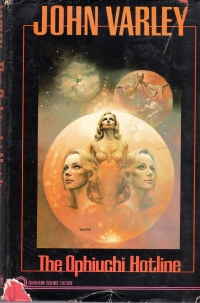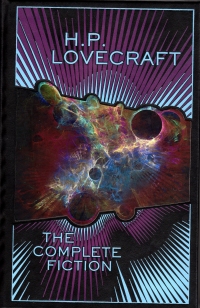I read these books over the course of a couple of football games this month. You know, I’m not by default a particular fan of Blondie, but I’ve glanced over it when reading comics in the newspaper over the years. In the past, when I was young, they really didn’t speak to me because I was young. Now, I am older, but the cartoons themselves are old, too, so they don’t relate to my current situation. Of course, my current situation–independent computer contractor working from home–does not lend itself to workplace humor or getting to the workplace humor. I dunno.
But I can appreciate them as an artifact of a simpler time. The Blondie comic started out in the flapper era, so its fifty year run (to the time of these books’ publication) has seen some changes, but a bit of stability through the middle to late part of the last century. How stable life seemed then, in retrospect, and through the representation of cartoons. Father worked, mother stayed at home (later, took some work outside the home) but the dynamic of the family and the workplace seemed so stable. In cartoons and in cartoonists’ imaginations I guess.
At any rate, that’s what I took from them: a bit of nostalgia for a time I don’t remember and that probably did not exist. Kudos on the cartoonists, though, for keeping the strip going for 80 years.
Bits of trivia: according to the Wikipedia entry, the original author claimed the cartoon was set in the suburbs of Joplin, Missouri, which is just down the road from here. And in addition to Red Ryder, Blondie spurred a series of other media, including a string of movies, television series, and books. Not to mention a series of relatively recent Dagwood Sandwich Shoppes, which has a location here in Springfield.
Do you think we’ll ever see cartoons younger than Garfield get wide media play like this? I doubt it.
Ask me in seventy years and I’ll have a better answer than my half-informed prognostications.
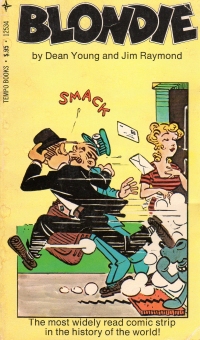






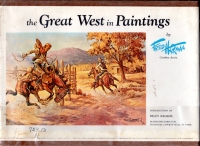
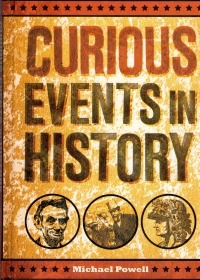
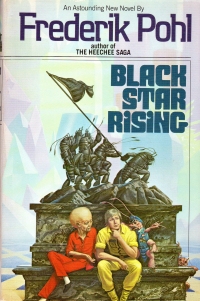
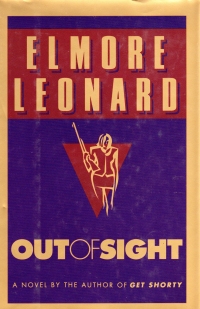
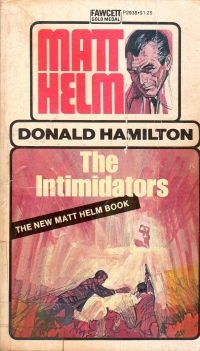

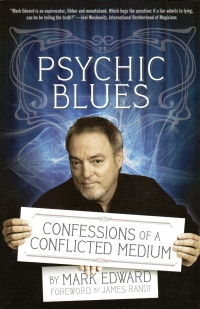
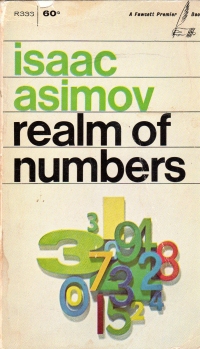

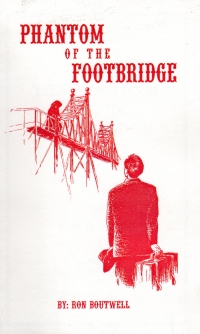 I picked up this book at the local used bookstore in its local interest section, but it doesn’t seem to be available online even though Springfield is lousy with them. It was published by a local Christian theatre company, and its protagonist is a young pastor who takes over a church (that later becomes the playhouse of the theatre company) in 1925. On his walk from the train station to the boarding house where he’s staying, a hooded figure meets him on a footbridge and tells the new arrival that he will bring a child who needs help tomorrow night, and the pastor must help him. This is the phantom of the footbridge.
I picked up this book at the local used bookstore in its local interest section, but it doesn’t seem to be available online even though Springfield is lousy with them. It was published by a local Christian theatre company, and its protagonist is a young pastor who takes over a church (that later becomes the playhouse of the theatre company) in 1925. On his walk from the train station to the boarding house where he’s staying, a hooded figure meets him on a footbridge and tells the new arrival that he will bring a child who needs help tomorrow night, and the pastor must help him. This is the phantom of the footbridge.
